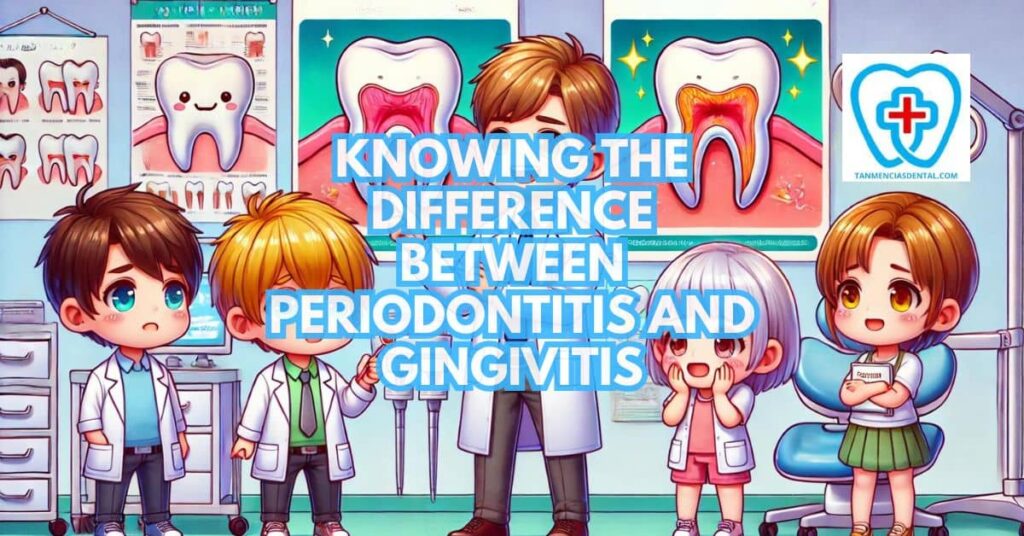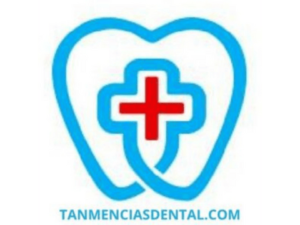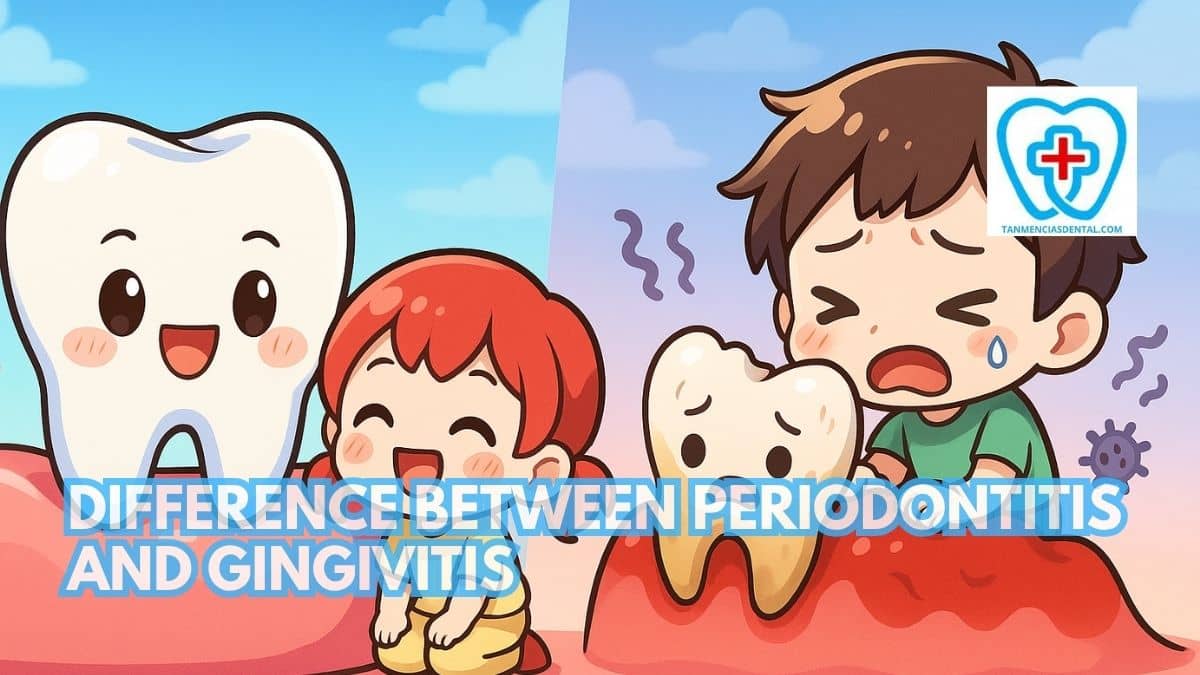Many people get gum disease, but they often do not know which kind they have.
We’ll explain the difference between periodontitis and gingivitis so you can spot each one early.
Gingivitis is a mild swelling of the gums, while periodontitis is a deeper infection that can harm bone and loosen teeth.
Knowing these stages helps you choose the right habits, like careful brushing, flossing, and timely dental visits.
Early action will protect your smile and lower the chance of long-term mouth problems.
1. Gum Disease Showdown: Gingivitis vs. Periodontitis
Gingivitis and periodontitis are two stages of periodontal disease, which affect the gum tissue and structures that support your teeth.
Gingivitis is the early stage, where the gums become red, swollen, and may bleed during brushing or flossing.
This stage does not involve bone damage and can usually be reversed by brushing, flossing, and getting regular dental cleanings.
If gingivitis is not treated, it can progress to periodontitis, a more severe form that damages the gum tissue, bone, and ligaments holding the teeth.
In periodontitis, the gums may pull away from the teeth, forming pockets that trap bacteria and lead to infection.
Signs of this advanced stage often include bleeding gums, bad breath, loose teeth, and gum recession.
Knowing the differences between these stages helps you act early and prevent long-term damage from periodontal disease.
🦷 Saving Your Smile: The Role of Emergency Dentistry After a Dental Accident
2. Factors That Increase Your Risk of Gingivitis and Periodontitis
Certain things can make you more likely to develop gum diseases like gingivitis and periodontitis.
Smoking is a major risk factor because it weakens your gums, making infections more likely.
Genetics can also play a role, meaning gum disease might run in your family.
Hormonal changes, especially during pregnancy, puberty, or menopause, may cause your gums to swell and bleed easily.
Finally, certain medicines and diseases that weaken your immune system can lower your body’s ability to fight off gum infections.
🦷 Affordable Dental Implants: How to Get Quality Care Without Overspending
3. Gingivitis: The Early Warning Sign of Gum Trouble
Gingivitis is the initial stage of gum disease, characterized by red, swollen gums that bleed easily, especially during brushing or flossing.
It is primarily caused by plaque buildup on the teeth, which irritates the gums.
Unlike periodontitis, gingivitis does not involve bone loss and can usually be reversed with improved oral hygiene practices.
Symptoms include bad breath, gum tenderness, and mild discomfort.
Early intervention through professional cleaning and diligent home care can effectively treat gingivitis, preventing its progression to more severe stages.
🦷 Tooth Jackets: Can They Boost Both the Look and Function of Your Teeth?
4. Periodontitis: When Gum Disease Gets Serious
Periodontitis is a serious form of gum disease that occurs when gingivitis is left untreated, leading to severe inflammation and infection.
This condition causes the gums to pull away from the teeth, creating pockets that harbor bacteria and lead to bone and tissue loss.
Symptoms include receding gums, loose teeth, and persistent bad breath.
Periodontitis can result in tooth loss if not managed properly, making early detection and treatment crucial.
Treatment options often involve deep cleaning procedures, medication, and sometimes surgery to restore damaged tissues and bones.
🦷 Going Green with Oral Care: Choosing the Best Eco-Friendly Toothbrushes

5. Recognizing Symptoms: Gingivitis vs. Periodontitis
Recognizing the symptoms of gingivitis and periodontitis is essential for early intervention and treatment.
Gingivitis typically presents with symptoms such as red, swollen gums that bleed during brushing or flossing, and persistent bad breath.
In contrast, periodontitis symptoms include more severe manifestations like receding gums, deep pockets between the teeth and gums, loose teeth, and pus between the gums and teeth.
Both conditions can cause discomfort, but periodontitis can also lead to significant pain and tooth mobility.
Understanding these symptoms can help you seek timely dental care and prevent the progression of gum disease.
🦷 Teeth Jackets: How They Shield and Support Damaged Teeth
6. The Importance of the Gum-Bone Connection
The health of your gums is closely linked to the underlying bone that supports your teeth.
Healthy gums provide a protective barrier against bacteria, preventing them from reaching and damaging the bone.
In periodontitis, the infection can spread to the bone, leading to bone loss and weakening the support for your teeth.
This gum-bone connection is crucial for maintaining tooth stability and overall oral health.
Ensuring good gum health through proper oral hygiene can protect this vital connection and prevent serious dental problems.
🦷 The Rise of Dental Spas: Transforming Comfort During Dental Care
7. Gum Disease and Your Overall Health: Beyond the Mouth
Gum disease doesn’t just affect your mouth; it can have implications for your overall health.
Research has shown links between periodontitis and systemic conditions such as heart disease, diabetes, and stroke.
The inflammation and bacteria associated with gum disease can enter the bloodstream, potentially impacting other parts of the body.
Maintaining good oral hygiene and treating gum disease promptly can help reduce the risk of these systemic health issues.
Understanding this connection emphasizes the importance of overall health care, which includes dental health.
🦷 Dental Studio vs. Traditional Clinic: What Sets Them Apart?
8. Diagnosing Gum Disease: What to Expect at the Dentist
When you visit the dentist for a gum disease evaluation, they will perform a thorough examination of your gums and teeth.
This includes measuring the depth of the pockets around your teeth, checking for gum recession, and looking for signs of inflammation or infection.
X-rays may be taken to assess the bone level and detect any bone loss.
The dentist may also evaluate your medical history to identify any underlying conditions that could affect your gum health.
Early diagnosis through these comprehensive assessments can lead to more effective treatment and better outcomes for your oral health.
🦷 How Dental Experts Are Shaping the Future of Oral Health Care
9. Treatment Options: Gingivitis and Periodontitis
Treating gingivitis typically involves professional dental cleaning to remove plaque and tartar.
Improved oral hygiene practices, such as brushing twice a day, flossing daily, and using an antibacterial mouthwash, are essential to prevent recurrence.
Periodontitis treatment is more intensive and may include scaling and root planing to clean deep pockets, antibiotics to control infection, and surgery to restore damaged tissues.
Advanced cases may require procedures like bone grafting or guided tissue regeneration.
Effective treatment plans are tailored to the severity of the disease and the individual needs of the patient.
🦷 Should You Brush Your Teeth After Using Whitening Strips?
10. Prevention is Key: Keeping Gum Disease at Bay
Preventing gum disease starts with good oral hygiene habits.
Regular brushing and flossing help remove plaque before it can cause gum inflammation.
Routine dental checkups and cleanings are crucial for maintaining gum health and catching any early signs of disease.
A balanced diet, avoiding tobacco, and managing underlying health conditions like diabetes also play significant roles in prevention.
By staying proactive with your oral care routine, you can keep gum disease at bay and ensure a healthy smile.
🦷 Making Dental Visits Fun: How Kids’ Dentists Ease Children’s Fears
11. Don’t Wait to Smile with Confidence: Schedule a Dental Visit Today!
Regular dental visits are essential for maintaining oral health and preventing gum disease.
Dentists can detect early signs of gingivitis or periodontitis and provide timely treatment.
Early intervention can save your teeth and gums from more severe damage.
Don’t wait until you experience symptoms; schedule regular checkups to keep your smile healthy and confident.
Taking action now will benefit your oral health and overall well-being.
🦷 Marikina Dental Clinic Services
👨⚕️ Conclusion
Understanding the difference between gingivitis and periodontitis is crucial for effective prevention and treatment.
By maintaining good oral hygiene and regular dental visits, you can protect your gums and overall health.
Early detection and treatment can prevent the progression of gum disease and avoid serious complications.
Take proactive steps today to ensure a healthy, confident smile.
Prioritize your gum health as part of your overall wellness strategy.
😊 Self-Promotion
Visit Tan-Mencias Dental Clinic in Parang, Marikina City, for all your dental needs!
Our friendly and professional team is dedicated to ensuring you receive the best oral care possible.
For any questions or concerns, you can call us at 9171451074, send a message through our Facebook page, or use our website’s contact form.
We’re here to help you achieve a healthy, confident smile.
Don’t wait, schedule your appointment today and experience top-notch dental care!

